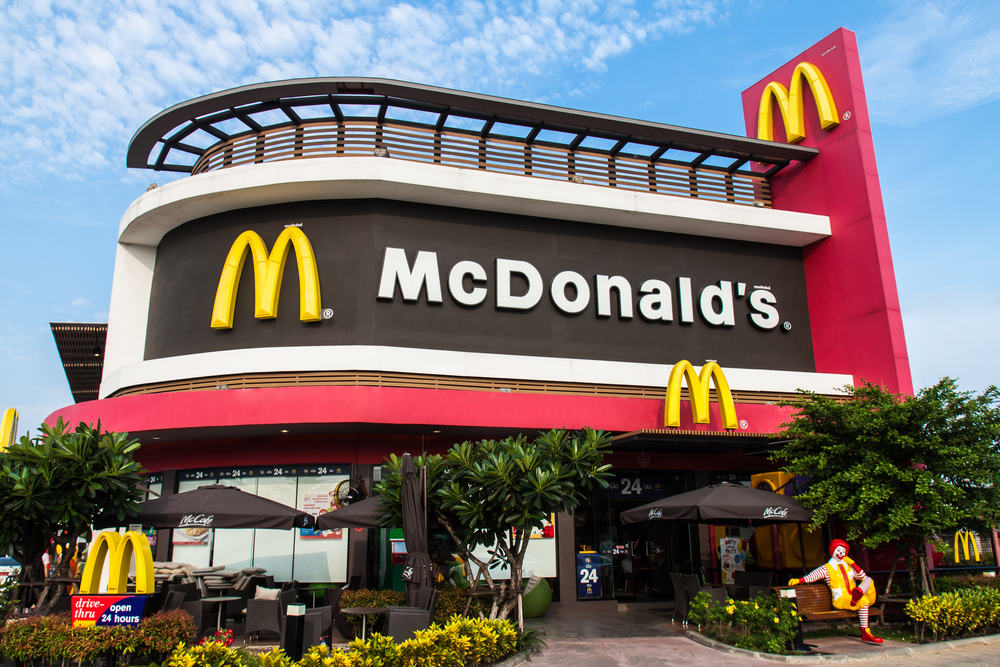
Some Small-Business Owners Trim Expansion Plans, Cite New Labor Law
Change also could pull franchisers, such as McDonald’s, into local labor disputes
Small-business owners say they are shouldering higher costs and scaling back expansion plans because of a revised federal rule that gives employees more leverage in settling workplace grievances.
The new policy, intended to hold businesses accountable for labor-law violations against people whose working conditions they control but don’t claim as employees, was put in place last year through a ruling by the National Labor Relations Board, which referees workplace disputes and oversees union-organizing elections. The rule, expected to affect fast-food, construction and other industries reliant on contract workers and employees of franchisees, also aims to ensure workers can unionize and collectively bargain with businesses that help control their fates.
Some businesses “want to have active involvement in the determination of terms and conditions of employment and in the direction of the employees at work, but they don’t want to take responsibility for it,” said Richard Griffin, the NLRB’s general counsel.
The policy broadens the circumstances in which two businesses can be counted as employers of the same group of workers, reversing the NLRB’s 30-year-old standard for determining such “joint-employer” status.
The agency is now beginning to rule on a body of test cases that could detail how the standard will apply, but some businesses—particularly those in the franchising industry—have started making decisions based on potential outcomes, underscoring how just the prospect of a regulatory change can impact U.S. workplaces.
Climate Zones Everywhere are on the March Poleward
Big climate-zone movements risk an amazing range of ecological and geophysical damage. A short and incomplete list includes melting glaciers, shrinking sea ice, rising sea levels, stratifying and increasingly anoxic oceans, mass coral bleaching, and habitat loss for species on a global scale.
Staggering 66 million dead trees in California
In many drought-ravaged areas, there’s not been sufficient water for tree roots to siphon. Weakened needle-covered trees are unable to secrete the sticky resin required to fight off bark beetle infestations. Mild winters also don’t kill off as many of the bugs, which burrow beneath bark and into the tree’s soft innards on which their larvae feed.
Carbon Sinks in Crisis
Rainforests are now being hit so hard by a combination of drought and fire that the forest is starting to bleed carbon back. This gigantic and ancient repository of atmospheric carbon appears to have turned into a carbon source.